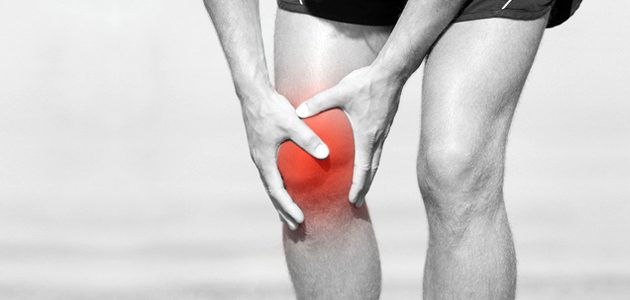

For example, therapeutic exercise has been shown to effectively reduce pain, improve function, and reduce the intensity of symptomatic exacerbations and stiffness in people with knee osteoarthritis. Ĭontemporary clinical management of symptomatic knee osteoarthritis is multimodal. However, contrary to what was thought, the highest prevalence of symptomatic knee osteoarthritis is found in people younger than 65 years. Pathological aging and comorbidities in the population have shown a strong correlation with knee pain and disability. In this regard, the proportion of people with radiographic abnormalities and knee pain varies between 15% and 81%, reflecting a weak relationship between imaging findings and pain in people with symptomatic knee osteoarthritis. The presentation and clinical progression of osteoarthritis are heterogeneous. Osteoarthritis is one of the leading causes of pain and disability globally. Clinician´s awareness of this therapeutic alliance when delivering their interventions could lead to better outcomes.The clinical evidence on the impact of different levels of therapeutic alliance on chronic pain management is scarce.The therapeutic alliance is a significant component of the therapeutic context and the placebo effect in healthcare.The results of this research will determine the impact of the therapeutic alliance as a nonspecific relevant factor during the application of a therapeutic exercise program in the treatment of patients with symptomatic knee osteoarthritis. The pressure pain thresholds at the symptomatic knee and the pain intensity will be measured before and after the intervention. Physical therapists will be trained in delivering these two levels of the therapeutic alliance. Patients will be randomly assigned to a therapeutic exercise experimental group with an enhanced therapeutic alliance (e.g., active listening, personalized conversation, empathy) or limited therapeutic alliance (e.g., one-way verbalization, brief interaction). Also, patients with a pain intensity of at least three months duration and 3 to 8 points in a numerical rating scale will be included. Patients aged 45 to 65 years old with a clinical and radiographic diagnosis of knee osteoarthritis will participate. An intervention of three sessions of therapeutic exercise will be applied for one week. This will be a randomized, parallel, two-arm, clinical trial. To determine the effects of different therapeutic alliance levels during the application of a therapeutic exercise program on pain intensity and pressure pain threshold in patients with symptomatic knee osteoarthritis. It is currently unknown if these effects can be achieved in people with symptomatic knee osteoarthritis when receiving treatment focused on therapeutic exercise. Previous evidence has shown that seniors physical therapists applying electrotherapy and an enhanced therapeutic alliance in their sessions can positively influence the levels of analgesia of patients with chronic low back pain.


 0 kommentar(er)
0 kommentar(er)
